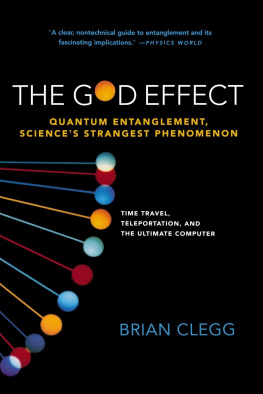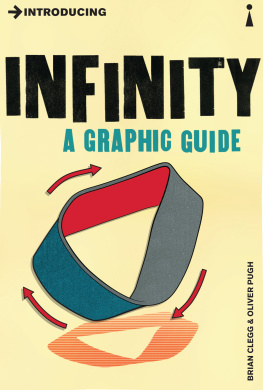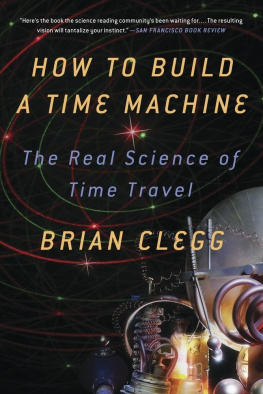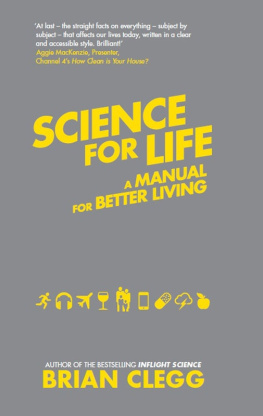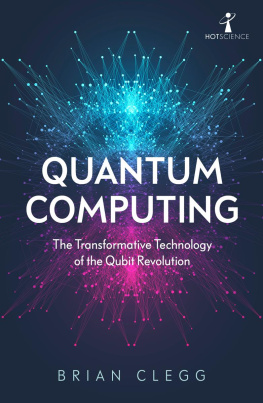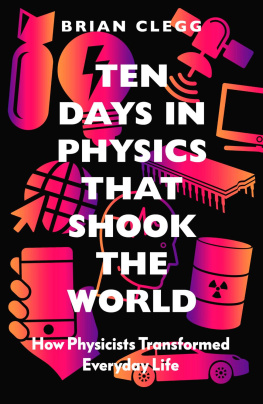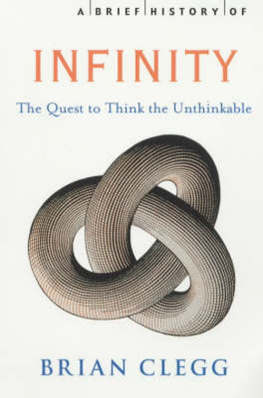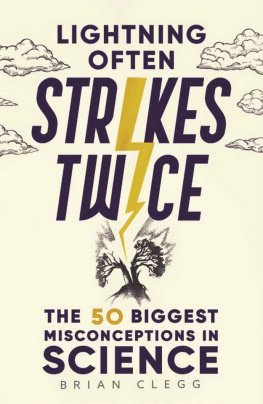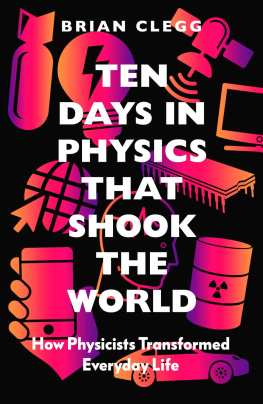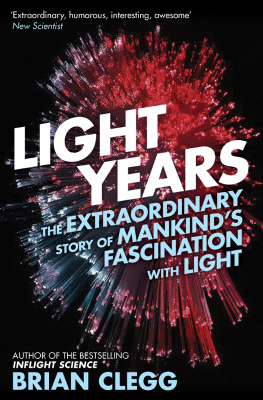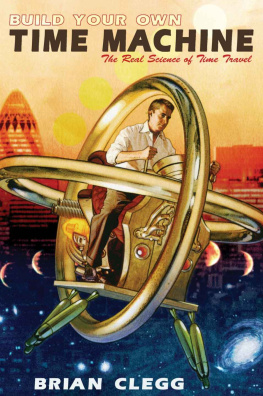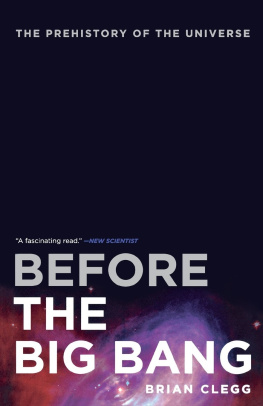Brian Clegg - Math: A Crash Course
Here you can read online Brian Clegg - Math: A Crash Course full text of the book (entire story) in english for free. Download pdf and epub, get meaning, cover and reviews about this ebook. year: 2019, publisher: Ivy Press, genre: Children. Description of the work, (preface) as well as reviews are available. Best literature library LitArk.com created for fans of good reading and offers a wide selection of genres:
Romance novel
Science fiction
Adventure
Detective
Science
History
Home and family
Prose
Art
Politics
Computer
Non-fiction
Religion
Business
Children
Humor
Choose a favorite category and find really read worthwhile books. Enjoy immersion in the world of imagination, feel the emotions of the characters or learn something new for yourself, make an fascinating discovery.

- Book:Math: A Crash Course
- Author:
- Publisher:Ivy Press
- Genre:
- Year:2019
- Rating:5 / 5
- Favourites:Add to favourites
- Your mark:
- 100
- 1
- 2
- 3
- 4
- 5
Math: A Crash Course: summary, description and annotation
We offer to read an annotation, description, summary or preface (depends on what the author of the book "Math: A Crash Course" wrote himself). If you haven't found the necessary information about the book — write in the comments, we will try to find it.
Math: A Crash Course — read online for free the complete book (whole text) full work
Below is the text of the book, divided by pages. System saving the place of the last page read, allows you to conveniently read the book "Math: A Crash Course" online for free, without having to search again every time where you left off. Put a bookmark, and you can go to the page where you finished reading at any time.
Font size:
Interval:
Bookmark:
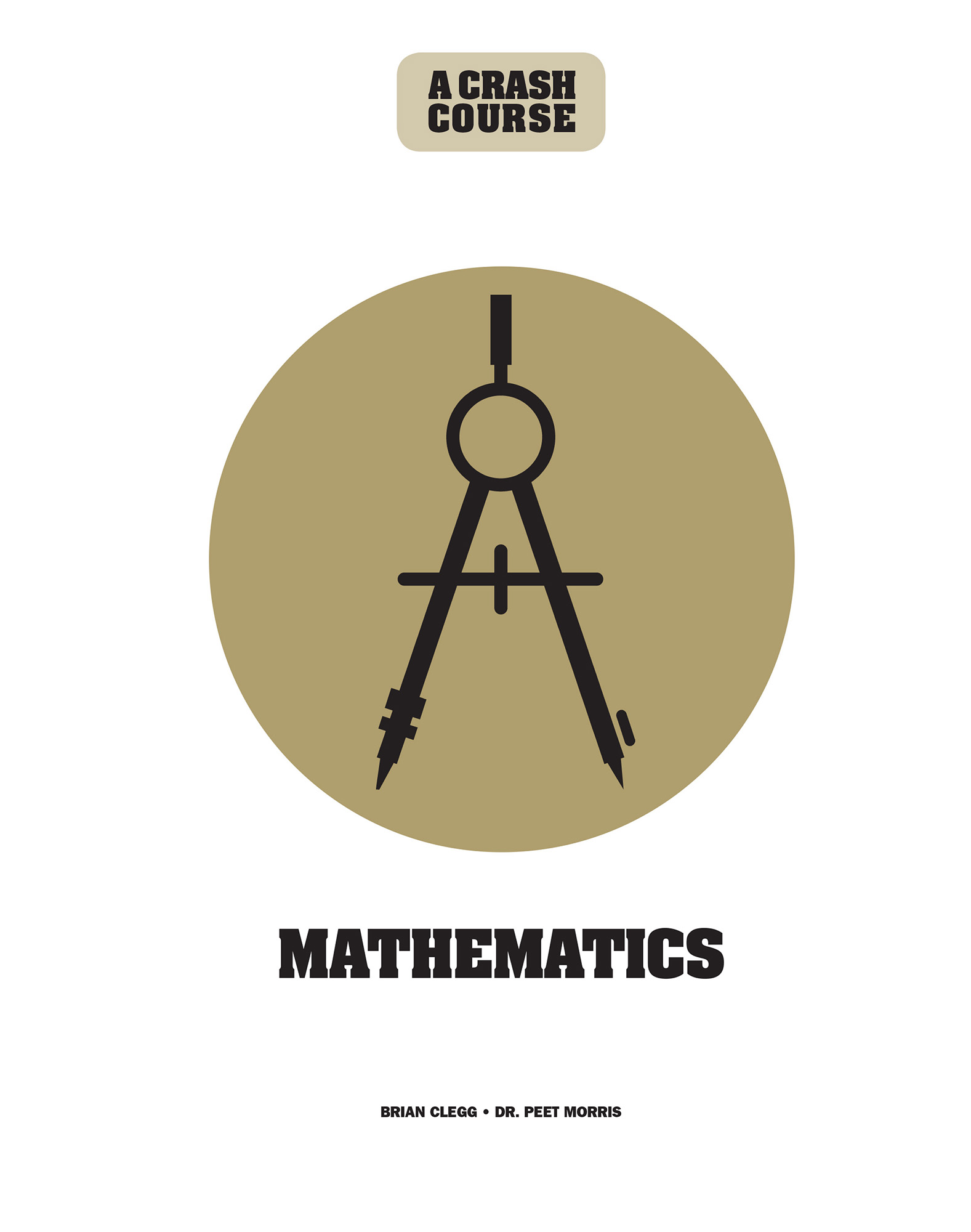
A CRASH COURSE

BRIAN CLEGG & DR. PEET MORRIS


We dont know how the basics of math were first devised, as it predates written language and history. The simple ability to be aware that there is a difference between, say, one object and two is likely to have been innate in human ancestors long before Homo sapiens emerged around 200,000 years ago. We can say this because it has been shown that dogs have this kind of awareness. When a trick is performed on a dog so that it thinks that two items of food have been put in its bowl, but in reality there is only one, it does the canine equivalent of a double take.
Such an awareness of numbers without any concept of counting, then, seems to have been with us for a long time. However, it is likely to have been when humans began to have assets, to trade, and to build, that a more concrete form of math became necessary. The specific trigger was likely the formation of early cities and the development of writingwithout notation, math could only ever be trivial.
The oldest example we have of math being written down is 6,000 years ago, in the city-state of Uruk, in present-day Iraq. Uruk was at the center of the Sumerian civilization, and with unprecedented numbers of people living together, the need to keep track of foodstuffs and other tradable goods was key. And as buildings became more sophisticated, measurements were needed for their construction. However, the people of Uruk were yet to equate abstract numbers with collections of objects. Today, we can deal with a concept like four as a number and apply it equally to anything from the Four Horsemen of the Apocalypse to the four legs on a dog. But in Uruk, the inhabitants considered some objects to be so different that they needed alternative representation. So, while they used the same numbers to count live animals and dried fish, they used a different set for cheese, grain, and fresh fish.
As civilizations became more established, new concepts arose that were increasingly removed from reality, notably in Greece, India, and China. Later, this sophisticated form of math would move via the Arabic-speaking countries to Europe, and eventually the US. Only with the step back from pragmatic application to thinking about what was actually happening in the math itself was it possible for math in the modern sense to be born. The Sumerians knew, for example, that a right (or right-angled) triangleso useful when surveying a piece of landhad a ratio of sides such that if one of the shorter sides was three units and another four, then the longest side would be five units. They knew this from observation, but proofs that this was exactly the case for all right triangles came much later.

For many uses, the math developed over 2,000 years ago largely serves today. No one needs topology to deal with the basics of everyday life. But from the sixteenth century onward, the possibilities for applying math blossomed, becoming applicable not just to reality, but to what might beprobability, the mathematics of chance, for instance, would transform our ability to think about the future.
Early mathematicians had dealt only with futures where there were distinct rules. Given, say, a known rate of interest, it was possible to calculate exactly how much money you might have in a bank account in a years time (if nothing was added or removed). These were very artificial conditions. The real world was full of unknowns. But, as US defense secretary Donald Rumsfeld would famously observe, there are both known unknowns and unknown unknowns. Probability would prove an ideal mechanism for dealing with known unknowns. We dont know what will come up when we toss a coin, but we do know that, with a fair coin, theres a 50 percent chance of a head and a 50 percent chance of a tail.
Sometimes a new field of math opens up when there is a clear application. In the seventeenth century, Isaac Newton and Gottfried Leibniz devised the techniques now collectively known as calculus in order to deal with specific problemshow to work out, for example, the distance traveled when a moving body is accelerating. However, in many cases, mathematicians were simply happy exploring their mathematical universe without any thought of an application. Yet surprisingly often, such apparently pointless work would later have major practical applications.
All manner of mathematical oddities have eventually proved useful. Imaginary numbersthe square root of negative numberswere devised long before applying them; the sixteenth-century Italian mathematician Girolamo Cardano commented that an imaginary number was as subtle as it is useless. Yet by the nineteenth century they were widely employed by both physicists and down-to-earth electrical engineers, and continue to be used today.
Another example is the importance of math in the history of computing. Originally, computers were people. Up to the 1940s, the term largely applied to individuals who performed manual calculations with pencil and paper. The potential advantages of mechanizing the work of a computer were clear for centuries, and there were early attempts with mechanical calculators, but electronic computersfirst developed in the 1940stook the mathematical content to a whole new level.
Three huge mathematical leaps were required to develop the electronic infrastructure at the heart of the modern world. The first was using binary digits: no longer working with everything from 0 to 9, but simply with 0s and 1s. Humans could, of course, have always done their mathematics this waybut it would have been tedious in the extreme. However, for a computer there is no disadvantage, and a huge positive. The values 0 and 1 can be represented very easily by physical things. A switch that is on or off. A device that either has an electrical charge or no charge. Either/or situations are easily represented by electronic components.
Secondly, computers are designed around mathematical logic. Those same 0 or 1 values can also be considered as false or true. And in the nineteenth century, a mathematical approach to logic had already been developed. This would underpin the architecture of the innards of computers: they are, in essence, huge logic engines, connecting together vast numbers of very simple logic gatesmechanisms for making logical combinations or transformations of those 0s and 1s.


The final mathematical component came when electronics moved from vacuum tubes to solid-state devices such as transistors. The design of such devices required an understanding of quantum mechanics, the physics of the very small particles that, for example, make up matter. And quantum mechanics, like most modern physics, is extremely mathematical. Not only did solid-state design require an understanding of the tools of higher mathematics, quantum physics has probability at its heart. Without a profound understanding of mathematics, the modern computer could never have been constructed.
Font size:
Interval:
Bookmark:
Similar books «Math: A Crash Course»
Look at similar books to Math: A Crash Course. We have selected literature similar in name and meaning in the hope of providing readers with more options to find new, interesting, not yet read works.
Discussion, reviews of the book Math: A Crash Course and just readers' own opinions. Leave your comments, write what you think about the work, its meaning or the main characters. Specify what exactly you liked and what you didn't like, and why you think so.

